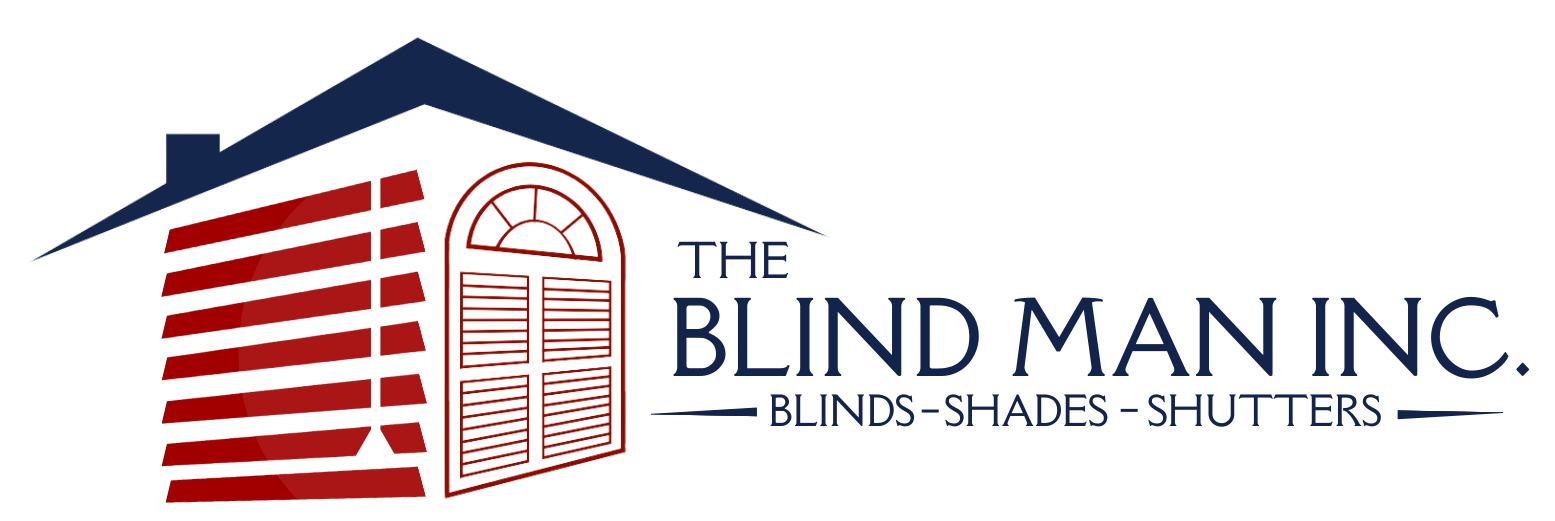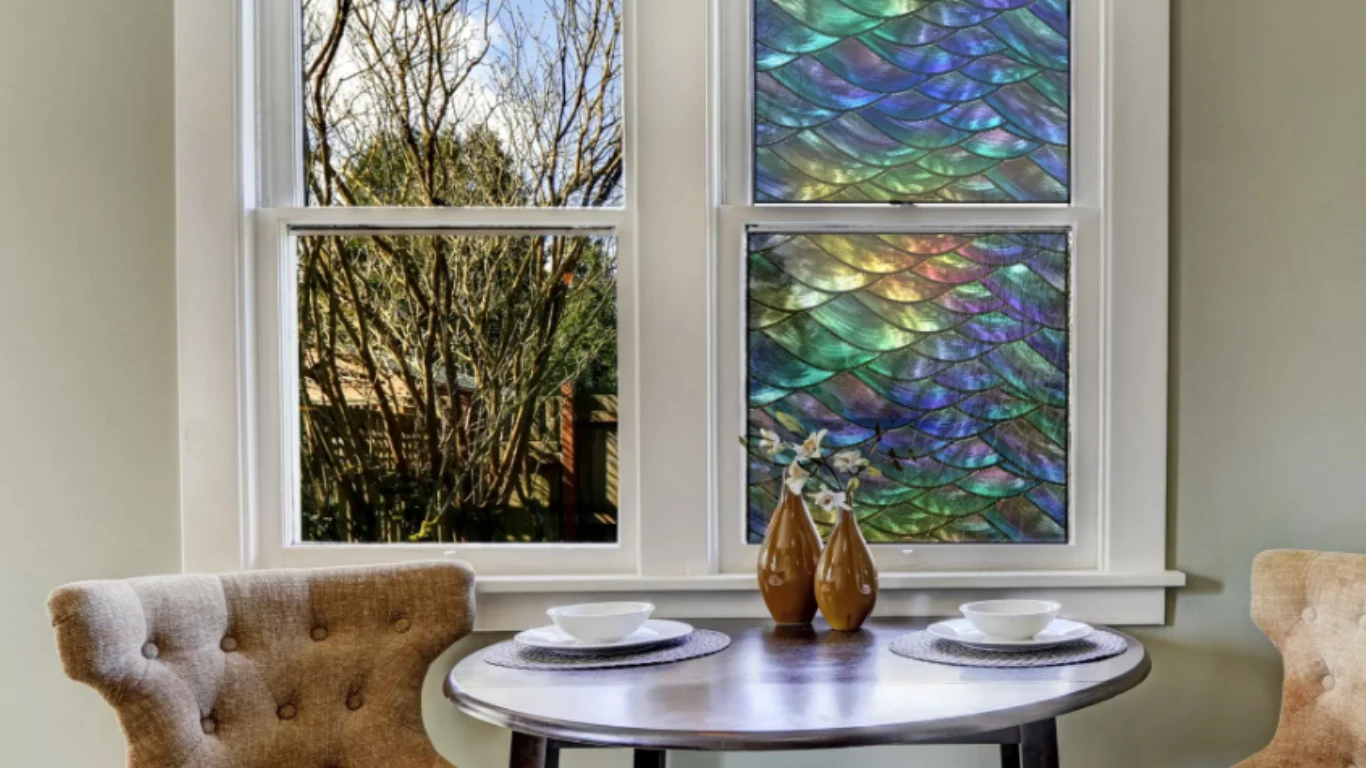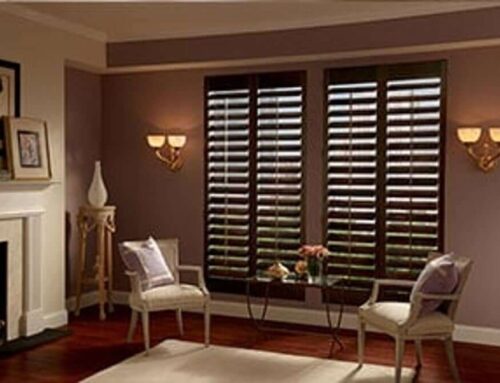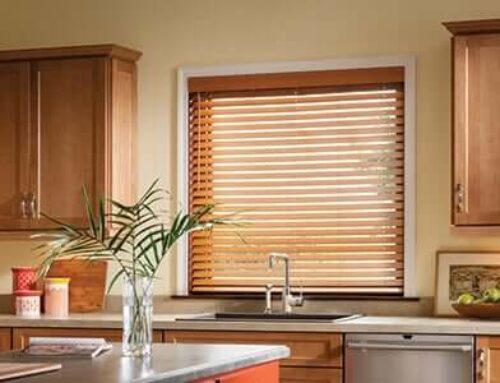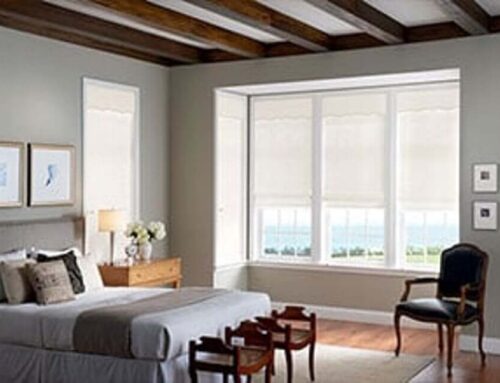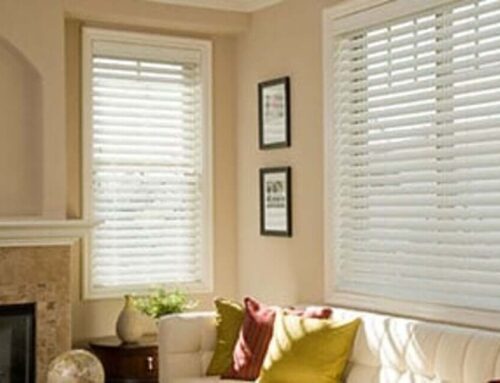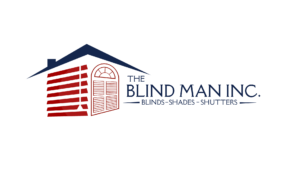Understanding window glass composition helps choose window coverings. Each layer of window glass has a purpose. The glazing layer protects against the weather and adds durability. Under the glazing is the glass’s main body, the pane. Modern windows use low-emissivity coatings or laminates for energy efficiency and security. Tinting or UV coatings can reduce glare and filter damaging UV rays on some window glass.
Glass composition must be considered while choosing window treatments to ensure compatibility and performance. Blinds and drapes can be customized to match the glass’s qualities, giving insulation or seclusion.
Understanding glass composition can help homeowners make informed maintenance and care decisions, extending the life of their windows and coverings. Discovering glass composition can improve the comfort and efficiency of window treatments and living spaces.
What are the primary types of glass compositions used in modern window treatments?
Modern window treatments often utilize different types of glass compositions to meet various functional and aesthetic requirements. The primary types of glass compositions used in modern window treatments include:
- Float Glass: Float glass is the most common type of glass used in windows. It is made by floating molten glass on top of molten tin to create a uniform thickness and smooth surface. Float glass is versatile and can be further processed into different types of glass, such as tempered or laminated glass.
- Tempered Glass: Heat and fast cooling harden tempered glass. Four times more powerful than regular glass, it shatters into little, blunt pieces, lowering injury risk. For safety, windows near doors and shower enclosures use tempered glass.
- Laminated Glass: Laminated glass has two or more layers of glass bonded with PVB or EVA. This interlayer keeps shattered glass together, improving safety. It is often used in hurricane-prone areas, skylights, and soundproof windows.
- Low-E Glass: Low-emissivity (Low-E) glass has a microscopically thin metal oxide coating to limit heat transfer while letting light through. This reduces summer heat gain and winter heat loss, improving energy efficiency. Low-E glass is used in energy-efficient windows and has varied performance levels by climate and orientation.
- Tinted Glass: Tinted glass is treated with a colored film or coating to reduce glare and block UV rays while maintaining visibility. Tinted glass can help improve energy efficiency by reducing solar heat gain and is commonly used in windows exposed to direct sunlight.
These different glass compositions offer varying levels of strength, safety, energy efficiency, and aesthetic appeal, allowing homeowners to choose the best window treatments based on their specific needs and preferences.
How do different glass compositions affect energy efficiency in homes or buildings?
Different glass compositions affect the energy efficiency of homes or buildings due to their thermal properties and ability to control heat transfer. Here’s how different glass compositions affect energy efficiency:
- Low-E Glass: Low-E glass is one of the best in energy efficiency. A microscopically thin metal oxide covering reflects heat and lets visible light through, reducing summer heat gain and winter heat loss, minimizing energy expenses and heating and cooling needs.
- Tinted Glass: Tinted glass has a tinted film or coating that lowers solar radiation. Tinted glass decreases glare and heat gain by blocking some sunlight, improving comfort, and reducing air conditioning load.
- Laminated Glass: Laminated glass has plastic between glass layers. While it may not directly increase energy efficiency, laminated glass can improve sound insulation and security, indirectly improving building performance.
- Float Glass: Most windows have ordinary glass without heat transfer coatings. Depending on the temperature and window direction, this type of glass provides natural light and visibility but may allow significant heat gain in summer and heat loss in winter.
- Tempered Glass: Tempered glass is primarily used for safety and durability rather than energy efficiency. However, its increased strength and resistance to breakage may contribute to better insulation by reducing air leakage through cracks or gaps in the glass.
Window and door glass composition can significantly affect energy efficiency. Glass with Low-E coatings or tinted treatments can make homes and buildings more pleasant, save energy, and slash electricity bills.
What are the pros and cons of tempered glass versus laminated glass for window treatments?
Tempered and laminated glass are popular choices for window treatments, each offering unique advantages and disadvantages.
Tempered Glass:
Pros:
- Safety: Tempered glass is approximately four times stronger than regular glass and shatters into small, blunt pieces when broken, reducing the risk of injury from sharp edges.
- Durability: It is highly resistant to impacts, making it ideal for areas prone to potential breakage, such as doors or windows near ground level.
- Thermal Resistance: Tempered glass can withstand sudden temperature changes better than laminated glass, making it suitable for environments with extreme temperature variations.
Cons:
- Limited Security: While tempered glass is more durable than regular glass, it does not provide the same level of security as laminated glass. Once broken, tempered glass panels offer little resistance to forced entry.
- Cannot Be Cut: Tempered glass cannot be cut or drilled after the tempering process, limiting design flexibility for custom shapes or installations.
- Limited Sound Insulation: Tempered glass does not provide significant soundproofing properties, which may be considered in noisy environments.
Laminated Glass:
Pros:
- Security: Laminated glass has multiple layers bonded together, making it difficult to break through. Even if the glass shatters, the interlayer holds the broken pieces together, maintaining integrity and delaying forced entry.
- Sound Insulation: The layers of plastic in laminated glass help dampen sound transmission, providing improved acoustic insulation compared to tempered glass.
- UV Protection: Laminated glass can block a significant portion of UV radiation, reducing the fading of interior furnishings and protecting occupants from harmful UV rays.
Cons:
- Cost: Laminated glass tends to be more expensive than tempered glass, which may increase overall project costs.
- Heavier: Due to its multiple-layer construction, laminated glass is heavier than tempered glass, requiring additional support and potentially impacting installation logistics.
- Reduced Clarity: The interlayer in laminated glass can sometimes create a slight distortion, affecting the clarity of the view through the window.
Tempered glass is safer and more robust than laminated glass but not soundproof. Laminated glass has better security, sound insulation, and UV protection than tempered glass, but it costs more and may have clarity difficulties. The option depends on price, security, and aesthetics.
Can you explain the significance of low-E coatings on glass used in window treatments?
Low-E (low-emissivity) coatings are thin, virtually invisible layers of metallic oxide applied to the surface of window glass. These coatings are designed to reduce the emissivity of the glass, which is its ability to radiate heat. The significance of low-E coatings in window treatments lies in their ability to improve energy efficiency and enhance comfort in buildings in several ways:
- Improved Insulation: Low-E coatings help to reflect heat into the interior of a building during the winter months, reducing heat loss through windows. This improves the overall insulation of the building envelope, leading to lower heating costs and increased comfort for occupants.
- Reduced Solar Heat Gain: During the summer months, low-E coatings help to block a portion of the sun’s infrared radiation from entering the building, reducing solar heat gain. This helps to keep indoor spaces more relaxed; it decreases air conditioning demand, lowering cooling costs and improves energy efficiency.
- UV Protection: Low-E coatings can also block a significant portion of the sun’s ultraviolet (UV) radiation, which causes fading and damage to interior furnishings, flooring, and artwork. By reducing UV transmission through windows, low-E coatings help preserve interior spaces’ aesthetic appeal and value.
- Year-Round Comfort: By improving insulation in cold weather and reducing heat gain in warm weather, low-E coatings contribute to building year-round comfort. They help to maintain more stable interior temperatures, decreasing temperature variations and improving living or working conditions for occupants.
Low-E coatings enhance buildings’ energy efficiency, comfort, and durability by reducing heat transfer through windows. They are an essential feature of modern window treatments, helping mitigate climate conditions’ impact on energy consumption and indoor comfort.
Explore Your Options for Window Treatments Today! =
At The Blind Man, we’re your expert guides in understanding the fascinating world of window treatments and glass composition. Discover how different glass types impact energy efficiency, safety, and aesthetics in your home or office. Our team is dedicated to helping you find the perfect window solutions tailored to your needs, whether enhancing insulation with low-E coatings or ensuring safety with tempered or laminated glass.
Let us shed light on the benefits of each option and transform your space into a haven of comfort and style. Contact us today for personalized advice and solutions!
